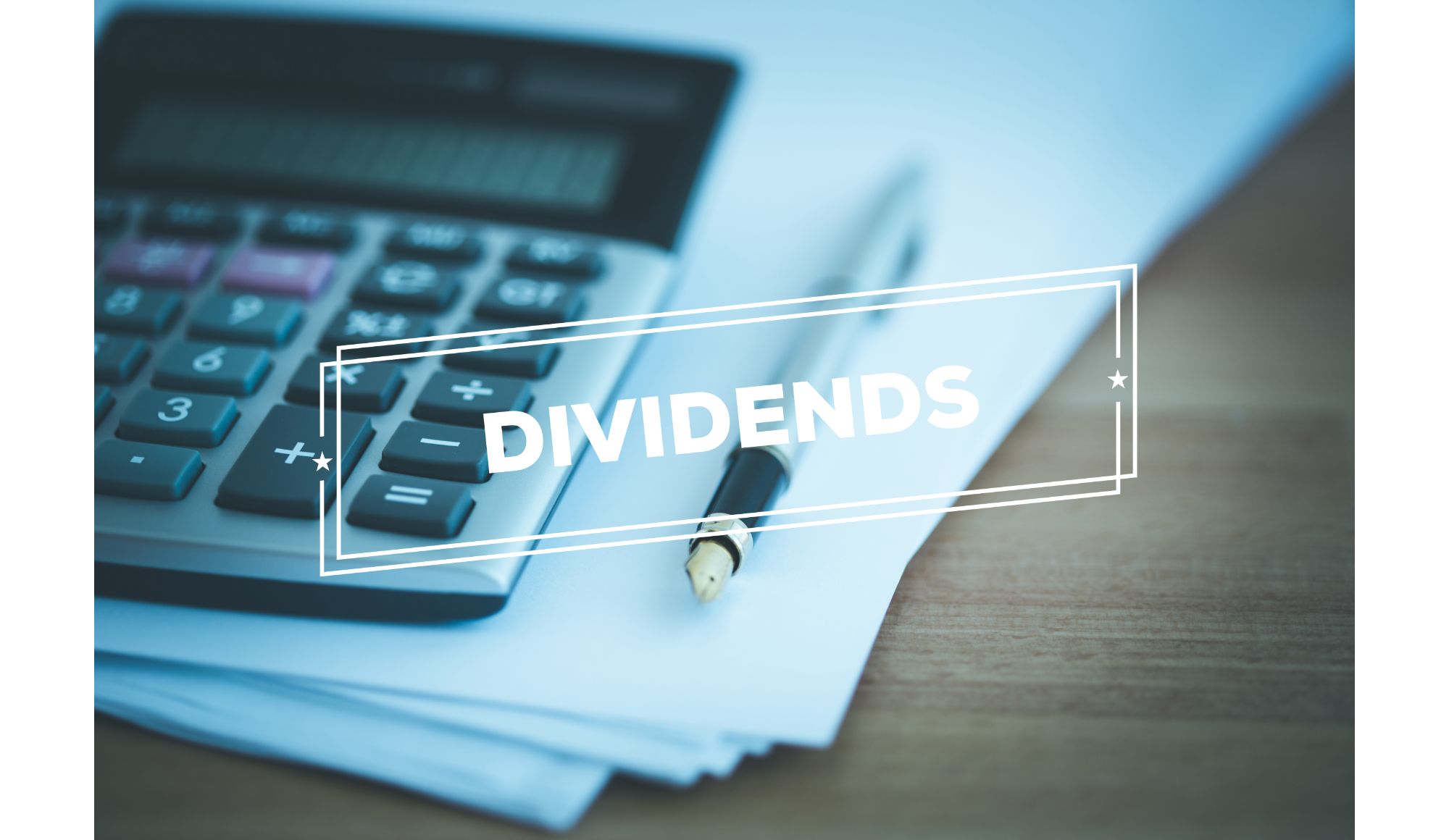How To Make $2,000 Monthly In Dividends
To generate $2,000 per month in dividends, you will need to invest in a combination of stocks that offer high dividend yields. A sample portfolio might be as follows:
- CME Group: 5.01%
- Walgreens Boots Alliance 5.46%
- AT&T 6.03%
- Verizon 6.26%
- Altria Group 8.09%
Dividend yield is a measure of the annual dividend payments divided by the stock’s price, and it can vary based on market conditions and the company’s ability to sustain and grow its payouts. While a high yield may be attractive, if the company is not able to maintain its dividends, it could be a sign of financial distress and may not be a wise investment.
In this example, we have chosen a blend of top dividend-paying stocks with yields ranging from 5.01% to 8.09%. To generate $2,000 monthly, start by calculating how much you need to invest in each of these stocks based on their respective yields. For example, if you invest $100,000 in a stock with a 5% yield, you can expect to receive $5,000 in annual dividends, or $416.67 per month.
If we assume a blended average yield of 6.5% for our collection of stocks with equal shareholding, how much would we need to start with?
How Much Do I Need To Make $2,000 Per Month?
To generate $2,000 per month in dividends based on a 6.5% yield, you would need to invest a total of $384,615.38. This calculation is based on the following equation:
Total investment = (Monthly dividends / Dividend yield) x 12 months
Putting in the values provided, we get:
Total investment = ($2,000 / 0.065) x 12 months = $369,230
Keep in mind that this is just an estimate, and the actual amount you need to invest may vary based on the specific dividend-paying stocks you choose and their current dividend yields. We’ve simply selected the five stocks in our sample portfolio above.
What Stocks Should I Buy?
While the stocks listed may have high dividend yields, it’s important to remember that the best dividend stocks for any individual investor depend on their specific goals and timelines. Plus, it’s worth considering that index funds may be a more suitable option for many versus individual stocks.
Notably, a high dividend yield can signal a variety of factors, not all of which are positive. For instance, a decrease in share price can increase dividend yield, and some companies may incur debt by overpaying for their dividends. This can lead to unsustainable expenses and potentially result in dividend cuts later.
To mitigate risk, consider dividend aristocrats as a first step. These are a group of S&P 500 stocks that have consistently increased their dividends every year for at least 25 years. They are known for their strong financial performances and ability to pay and increase dividends over a long period of time, making them a reliable choice for income-focused investors.
Dividend aristocrats tend to be established companies with a long track record of stability and steady growth. They may include companies from a variety of industries, such as consumer goods, healthcare, and utilities.
For a full list of dividend aristocrats, you can check out this table.



